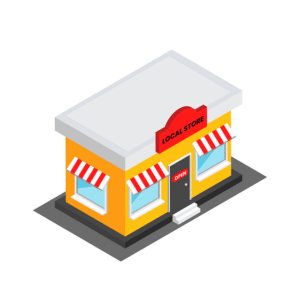How to Add a Local-First Focus to Your Business

There are lots of different reasons why you might want to take a local-first approach to business. Perhaps you want to put down roots in your chosen area, maybe you want to increase your customer base, or perhaps you want to improve your green credentials. Whatever your reasons are, here are some of the things you can do to add a local-first focus to your business moving forward.
Work with Local People
Working with local people and hiring employees from the local area is one of the most important things you can do. Whenever you need a service carried out, be sure to bring people in from the local area. This will reduce travel times and therefore reduce carbon emissions, and it’ll be a sign that you’re looking to support other local businesses as well. The more you can do to support local people, the better.
Order Your Supplies Locally
You should definitely try to order the supplies that are vital to your business from local companies if you possibly can. When you do that, you’ll find that you’re able to ensure your business is, again, supporting the local economy and cutting down the distance your supplies have to travel before they reach you. It’s so much more sustainable that way.
Contribute to Local Environmental Initiatives
If there are initiatives ongoing in the local area aimed at improving the area or helping local landscapes and ecosystems, you should definitely take part in these in whatever way you can. By showing a commitment to the local environment, you’ll show local people that you’re serious about operating as a green and eco-friendly company. And most importantly, you’ll make your business a force for good in the local area.
Focus on Marketing to Local People
When it comes to marketing and advertising your business, it’s also important to focus on targeting local people. These are the people you need to engage and sell to, so it makes sense to target them with your digital ad campaigns. It’s also a lot more streamlined and affordable if you only target people in your specific location. There are plenty of companies out there that can help with small business SEO with a focus on local markets.
Commit to Ambitious Emissions Targets
Finally, you should think about your emissions targets and how you can potentially make them more ambitious moving forward. When you have ambitious targets in place, you can take your business in a better direction and show local people that you’re aware of the impact the business has on the local environment and that you’re doing everything in your power to minimize that impact. It’s something that more people than ever care about, and you should too.
A local-first approach could really help your business to make progress and integrate into the local area better. And, of course, it’ll help you to make your business more eco-friendly and sustainable at the same time, and that’s something every business owner is now striving for.


